1. Introduction
The Weekly Challenge, organized by Mohammad S. Anwar, is a friendly competition in which developers compete by solving a pair of tasks. It encourages participation from developers of all languages and levels through learning, sharing, and having fun.
Task 1: Ones and Zeroes from The Weekly Challenge tasks developers to find the largest subset that contains at most x zeroes and y ones.
In this post I discuss, and present my Python language solution to, Task 1: Ones and Zeroes, and wrap with a brief conclusion.
2. Task 1: Ones and Zeroes
You are given an array of binary strings,
@str, and two integers,$xand$y.Write a script to return the size of the largest subset of
@strsuch that there are at most$x0’s and$y1’s in the subset.A set m is a subset of n if all elements of m are also elements of n.
Examples 1 and 2 present the expected outputs from given inputs.
Example 1
Input: @str = ("10", "0001", "111001", "1", "0")$x = 5$y = 3Output: 4Input: @str = ("10", "0001", "111001", "1", "0") $x = 5 $y = 3 Output: 4Input: @str = ("10", "0001", "111001", "1", "0") $x = 5 $y = 3 Output: 4
Enter fullscreen mode Exit fullscreen mode
The largest subset with at most five 0’s and three 1’s: (“10”, “0001”, “1”, “0”).
Example 2
Input: @str = ("10", "1", "0")$x = 1$y = 1Output: 2Input: @str = ("10", "1", "0") $x = 1 $y = 1 Output: 2Input: @str = ("10", "1", "0") $x = 1 $y = 1 Output: 2
Enter fullscreen mode Exit fullscreen mode
The largest subset with at most one 0’s and one 1’s: (“1”, “0”).
3. My solution to Task 1
from itertools import combinationsdef return_subset(strs: list[list], x: int, y: int) -> int | None:for r in range(len(strs) - 1, 1, -1):subsets = combinations(strs, r)for subset in subsets:total_zeros = 0total_ones = 0for element in subset:total_zeros += element.count('0')total_ones += element.count('1')if total_zeros <= x and total_ones <= y:return len(subset)return Nonefrom itertools import combinations def return_subset(strs: list[list], x: int, y: int) -> int | None: for r in range(len(strs) - 1, 1, -1): subsets = combinations(strs, r) for subset in subsets: total_zeros = 0 total_ones = 0 for element in subset: total_zeros += element.count('0') total_ones += element.count('1') if total_zeros <= x and total_ones <= y: return len(subset) return Nonefrom itertools import combinations def return_subset(strs: list[list], x: int, y: int) -> int | None: for r in range(len(strs) - 1, 1, -1): subsets = combinations(strs, r) for subset in subsets: total_zeros = 0 total_ones = 0 for element in subset: total_zeros += element.count('0') total_ones += element.count('1') if total_zeros <= x and total_ones <= y: return len(subset) return None
Enter fullscreen mode Exit fullscreen mode
My solution uses itertools.combinations, for loops, and if statements to find the subset that matches the task requirements:
- I use the
combinationsfunction to generate all subsets ofstrswith lengthr. I start with the maximum subset length,r = len(strs) - 1and decrement to the smallest subset length,r = 1. - For each
subsetof lengthr- I count the total number of zeros (
total_zeros) in the subset. - I count the total number of ones (
total_ones) in the subset. - I return the length of
subsetif it matches the required conditions (total_zeros <= x and total_ones <= y).
- I count the total number of zeros (
- If there are no subsets of
strs, then I returnNone.
4. Conclusion
In this post I discussed Task 1: Ones and Zeroes, and I presented my solution to this task.
Learn more about the latest and past challenges at The Weekly Challenge website:
https://theweeklychallenge.org/
Learn more about competing at The Weekly Challenge FAQ:
https://theweeklychallenge.org/faq/
原文链接:Solving the Weekly Challenge 302 Task 1: Ones and Zeroes in Python




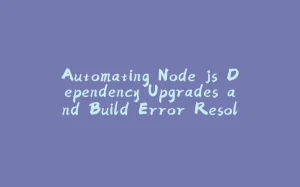
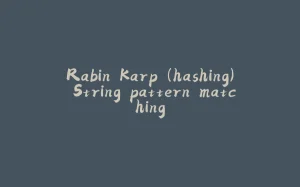

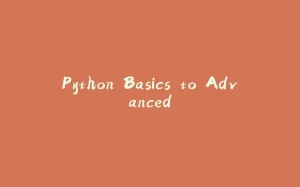

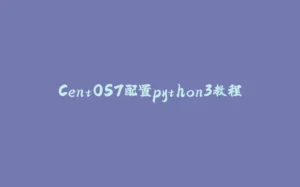



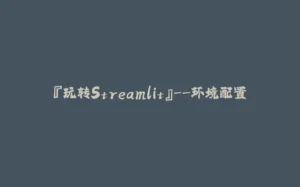
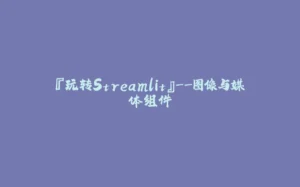


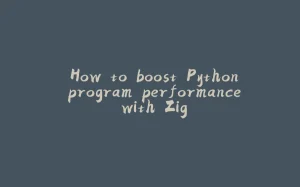









暂无评论内容